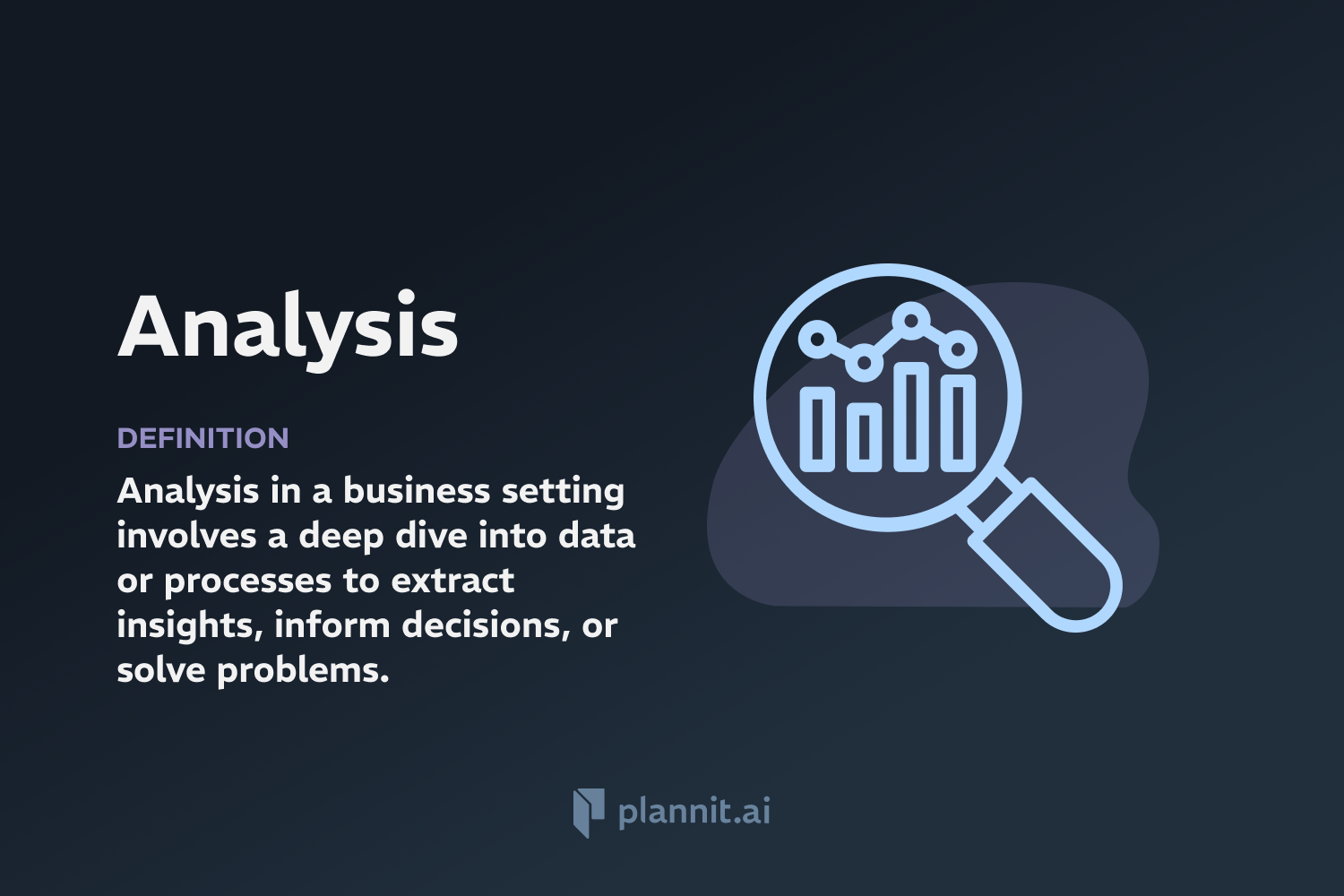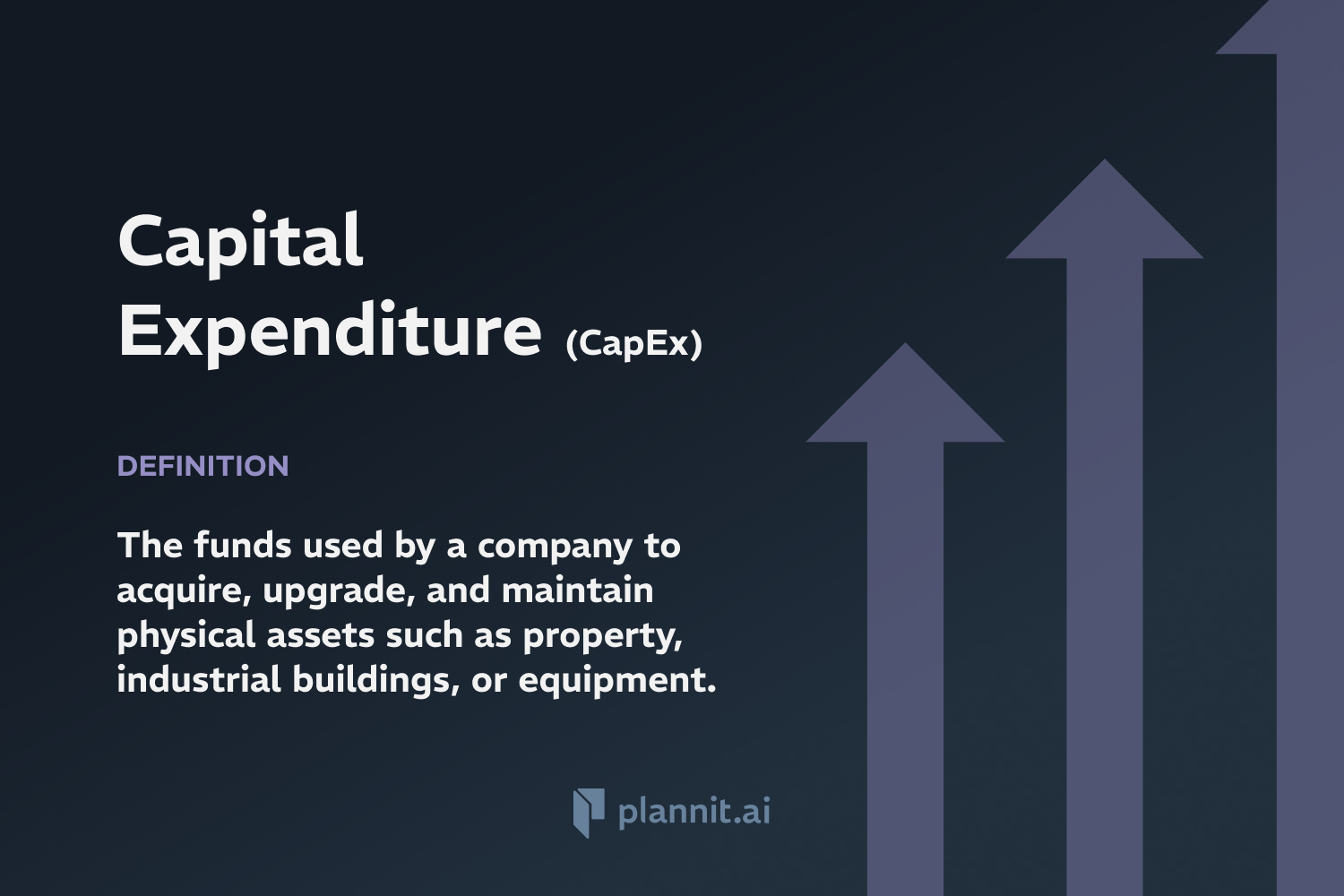Need Help With Your Business Plan?
Answer tailored questions and get a detailed business plan in minutes.
Inflation: Definition & In-Depth Explanation
Definition:
Inflation is an economic condition characterized by a sustained increase in the general price level of goods and services in an economy over a period of time. When the general price level rises, each unit of currency buys fewer goods and services; consequently, inflation reflects a reduction in the purchasing power per unit of money.
Context of Use:
Inflation is a key indicator of economic health, closely monitored by economists, policymakers, businesses, and consumers. It influences the decisions of central banks regarding interest rates, affects investment strategies, and can impact wage negotiations.
Purpose:
The primary purpose of monitoring inflation is to maintain price stability in the economy. Central banks, such as the Federal Reserve in the United States, aim to control inflation through monetary policy, including manipulating interest rates and adjusting the money supply.
Example:
Consumer Price Index (CPI): Often used to measure inflation, CPI tracks the change in price of a basket of goods and services purchased by households.
Related Terms:
Deflation: A decrease in the general price level of goods and services, opposite to inflation.
Hyperinflation: Extremely high and typically accelerating inflation, often exceeding 50% per month.
Stagflation: A situation in which the inflation rate is high, the economic growth rate slows, and unemployment remains steadily high.
FAQs:
1. What causes inflation?
A: Inflation can be caused by various factors including an increase in the money supply, demand-pull factors (where demand for goods and services exceeds their supply), cost-push factors (where the cost of making products rises), and built-in inflation (where the expectation of future inflation spurs current price increases).
2. How is inflation measured?
A: Inflation is commonly measured by the Consumer Price Index (CPI) and the Producer Price Index (PPI). CPI measures the price change from the perspective of the consumer, while PPI measures it from the perspective of the producer.
3. What are the effects of inflation?
A: While moderate inflation is a sign of a growing economy, high inflation can erode purchasing power, decrease savings value, and increase the cost of living. Conversely, deflation can lead to decreased consumer spending and economic slowdown.
4. How do governments control inflation?
A: Governments, through central banks, use monetary policy tools such as adjusting interest rates, regulating money supply, and implementing fiscal policies to influence the economy’s inflation rates.
5. What is the ideal rate of inflation?
A: Most central banks aim for a low and stable inflation rate, often around 2%. This rate is considered to encourage consumption while providing stability, making long-term financial planning feasible for businesses and consumers.
Get funding with a business plan that will impress investors.
Starting a New Business?



